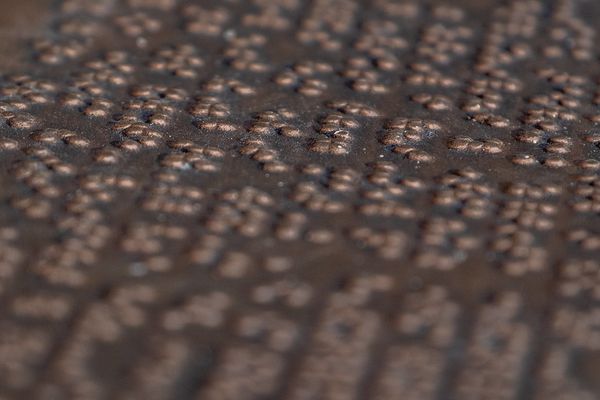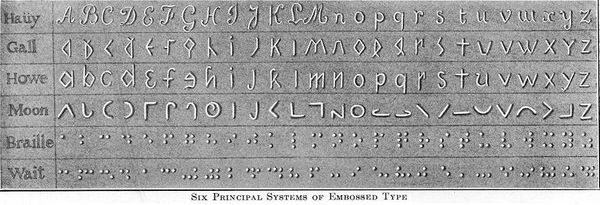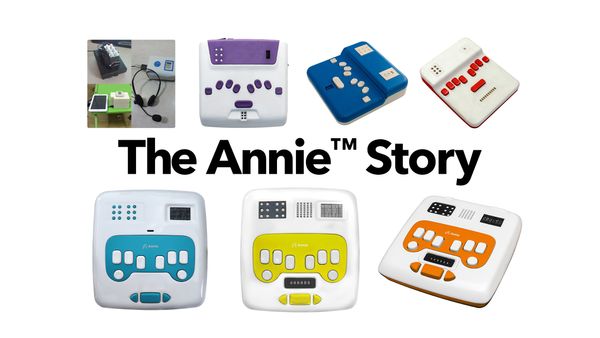5 Ways Braille Makes Learning Mathematics Easier
Maths, like any other language, relies on visual cues to convey information. In fact, mathematical symbols that can be included in the ‘text,’ such as the addition and subtraction operational signs, fractions, exponents etc. have a specific visual form, and can be presented in a non-linear form - unlike the alphabet. While this is essential to the understanding of maths, it poses a hurdle in making a lot of mathematical information accessible.
This is where Braille comes in - specifically, the Nemeth Braille Code for Mathematics for encoding mathematical and scientific notation linearly using standard six-dot Braille cells. The code was developed by Abraham Nemeth in 1952, and is widely used today, along with being incorporated into the Unified English Braille (UEB) code.
Here’s 5 ways the Nemeth Code, and Braille’s particular strengths, can make learning maths easier!
1. Nemeth is a standard code
The Nemeth code offers a set of standard notations for numerals and mathematical symbols in the commonly-used Arabic numerals. This allows the information implicitly indicated in the arrangements of the text to be made explicit, without needing to rely on sight to interpret them.

By offering an easily accessible code that retains the form of Braille, Nemeth also allows visually impaired learners to read numbers and mathematical texts without needing to learn a new script. The tactile form of the script also makes understanding different mathematical forms, such as shapes and graphs, an easily transferable skill from reading alphabetical texts.
2. Texts in Nemeth can be easily created
Writing in Nemeth code is no different from writing the Braille alphabet - it uses, by and large, the same tools. The familiarity with the tactile code also means visually impaired people can use tools like the Graphic Aid for Mathematics.
Braille math materials can often also be created from electronic files with Braille translation software such as the Duxbury Braille Translator. MathML or LaTex, two very popular markup languages for mathematics, can also be translated to Nemeth Code using Braille translation software.

3. Nemeth makes it easier to depict complex equations
Having the computer pronounce a formula for you is not adequate for a blind reader, any more than it would be adequate for a sighted reader. For complex mathematical problems, tactile devices can easily take the place of pencil and paper and speed up calculations greatly - Braille slates and writers are still popular and useful tools for teaching math. Pioneers such as Benjamin Smith did a great deal of work on teaching arithmetic on the Braille writer. Some systems also offer a number of different techniques for browsing equations, each of which present the structure as well as the content of the mathematics.

Computers began to be introduced into classrooms with visually impaired learners in the 1960s, to much success. Maths teachers today employ modified computer applications, tactile graphics, talking calculators capable of graphing calculus problems, tactile measuring tools and talking money identifiers.
4. Nemeth is easily readable by humans and computers
The Nemeth Braille code makes mathematical work written in any language to be easily translated, as well as communicated - by hand or computer. This is particularly useful for visually impaired students to have simultaneous access to both the printed Braille and an online version. Computer applications, scientific calculators and other technological tools in use today incorporate Braille, as well as make it possible to read mathematical works on refreshable Braille displays.
5. Nemeth allows a multisensory approach to learning maths in Braille
Numbers come in all shapes and sizes in our lives - we count and calculate all the time, whether it’s the time we have left to get a job done, or balancing the ingredients when we’re cooking a meal. This is no different for those with visual impairments, and bringing those experiences to their learning makes it a more enriching experience.

Multisensory, and hence multimodal learning, that engages several of the learners’ senses is now a vital part of education. It’s no different for Braille learning. Visually impaired students are generally well-trained in such multisensory learning, owing to their reliance on touch and sound to participate in the classrooms. This means that learners have the opportunity to learn mathematics the same way they would learn about anything else they come across - through direct experience.
At Thinkerbell Labs, we bring all of these strengths of the Nemeth Braille code to Annie, our innovation in Braille self-learning. By learning to read, write, and type numbers and mathematical operations through Braille lessons that incorporate their everyday experiences, mathematics is no longer some magical unknown - it’s familiar, and knowable.



